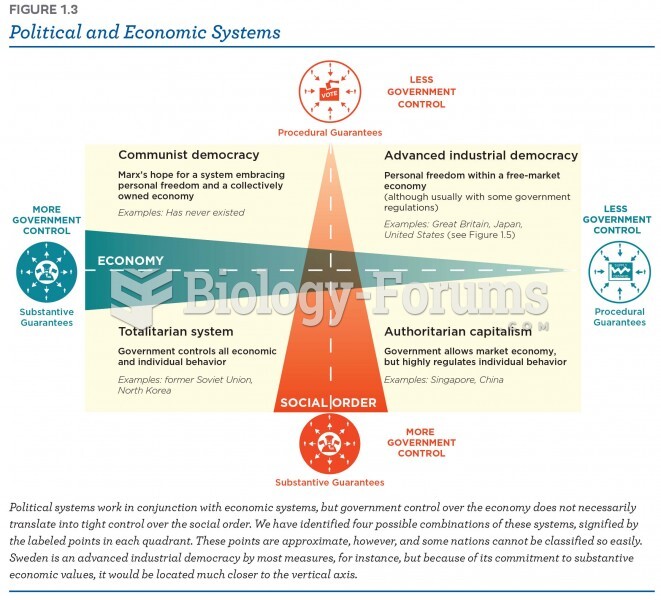Answer to Question 1
A political party is an organization whose purpose is to gain and hold
legitimate control of government; it is usually composed of people with
similar attitudes, interests, and socioeconomic status. A political party (1)
develops and articulates policy positions, (2) educates voters about
issues and simplifies choices for them, and (3) recruits candidates who
agree with those policies, helps those candidates win office, and holds
the candidates responsible for implementing the party's policy positions.
Political parties create a platform, a formal statement of the party's
political positions on various social and economic issues. Since the Civil
War, the Democratic and Republican parties have dominated the U.S.
political system. Although both parties have been quite successful at
getting their candidates elected at various times, they generally do not
meet the ideal characteristics of a political party. (1) the two parties do
not offer voters clear policy alternatives. Most voters view themselves as
being close to the center of the political spectrum (extremely liberal being
the far left of that spectrum and extremely conservative being the far
right). Liberals tend to focus on equality of opportunity and the need for
government regulation and social safety nets. By contrast, conservatives
are more likely to emphasize economic liberty and freedom from
government interference. (2) the two parties are oligarchies, dominated
by active elites. (3) primary elections determine nominees. (4) party
loyalties are declining. (5) the media have replaced the party as a means
of political communication. In general, voters tend to select candidates
and political parties based on social and economic issues that they
consider to be important in their lives. Social issues are those relating to
moral judgments or civil rights, ranging from abortion rights to gun control.
Other social issues include the rights of people of color and persons with
a disability, school prayer, and the environment. Economic issues fall into
two broad categories: (1) the amount that should be spent on government
programs, and (2) the extent to which these programs should encourage
a redistribution of income and assets.
Answer to Question 2
d







